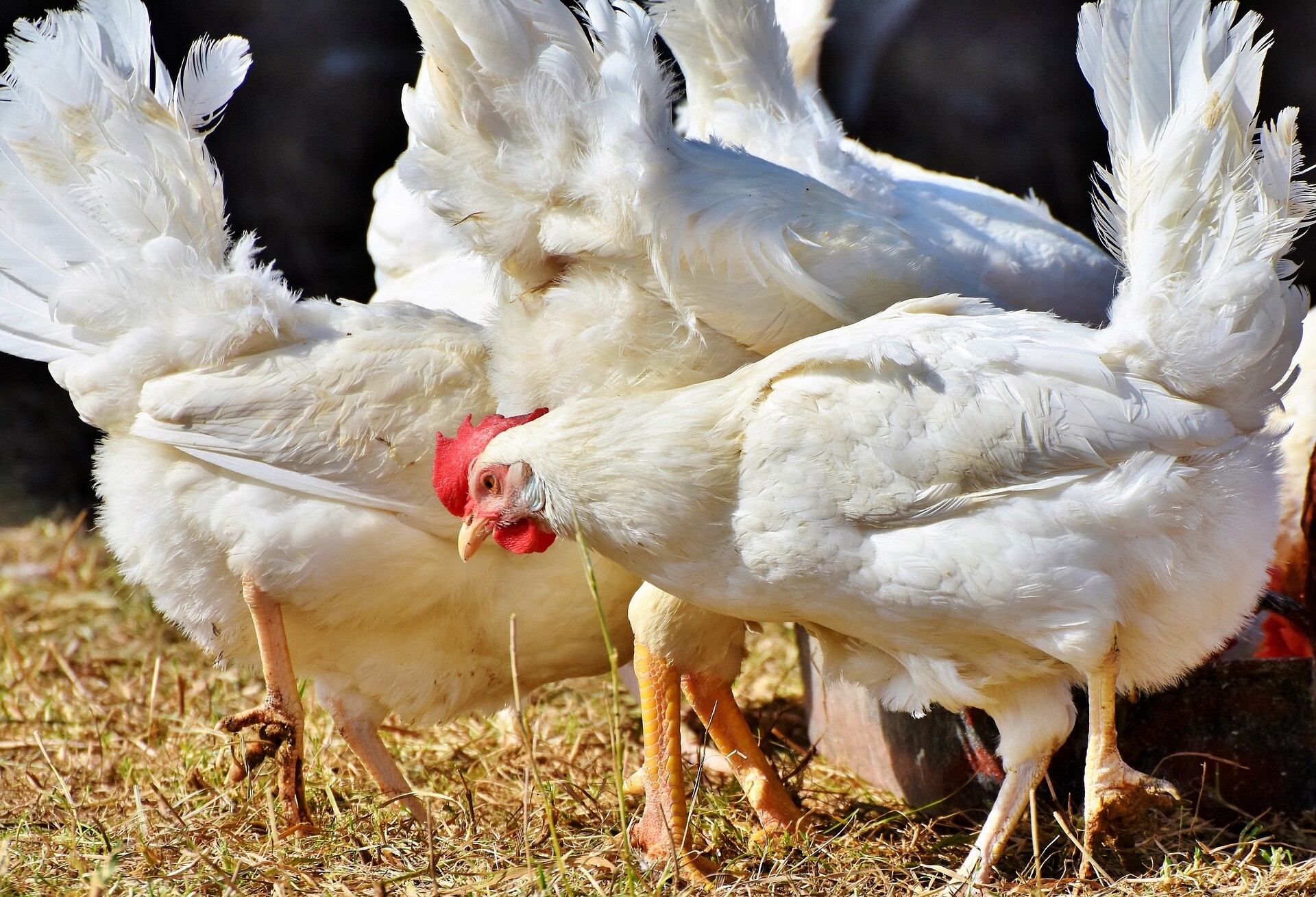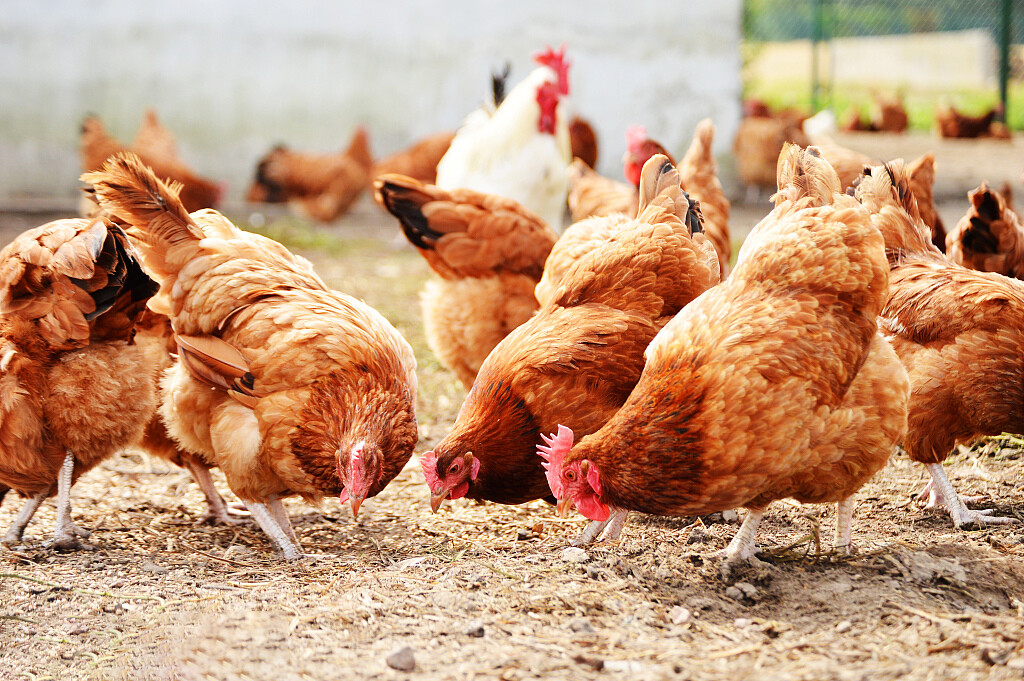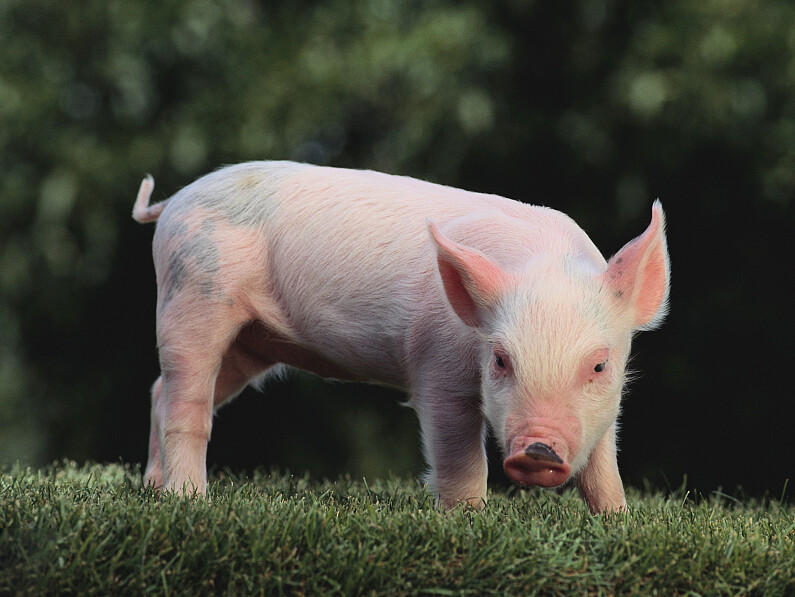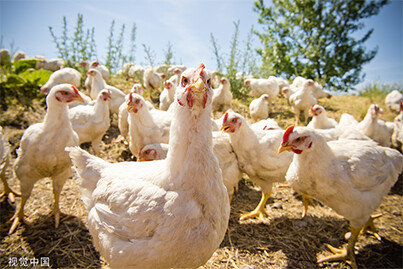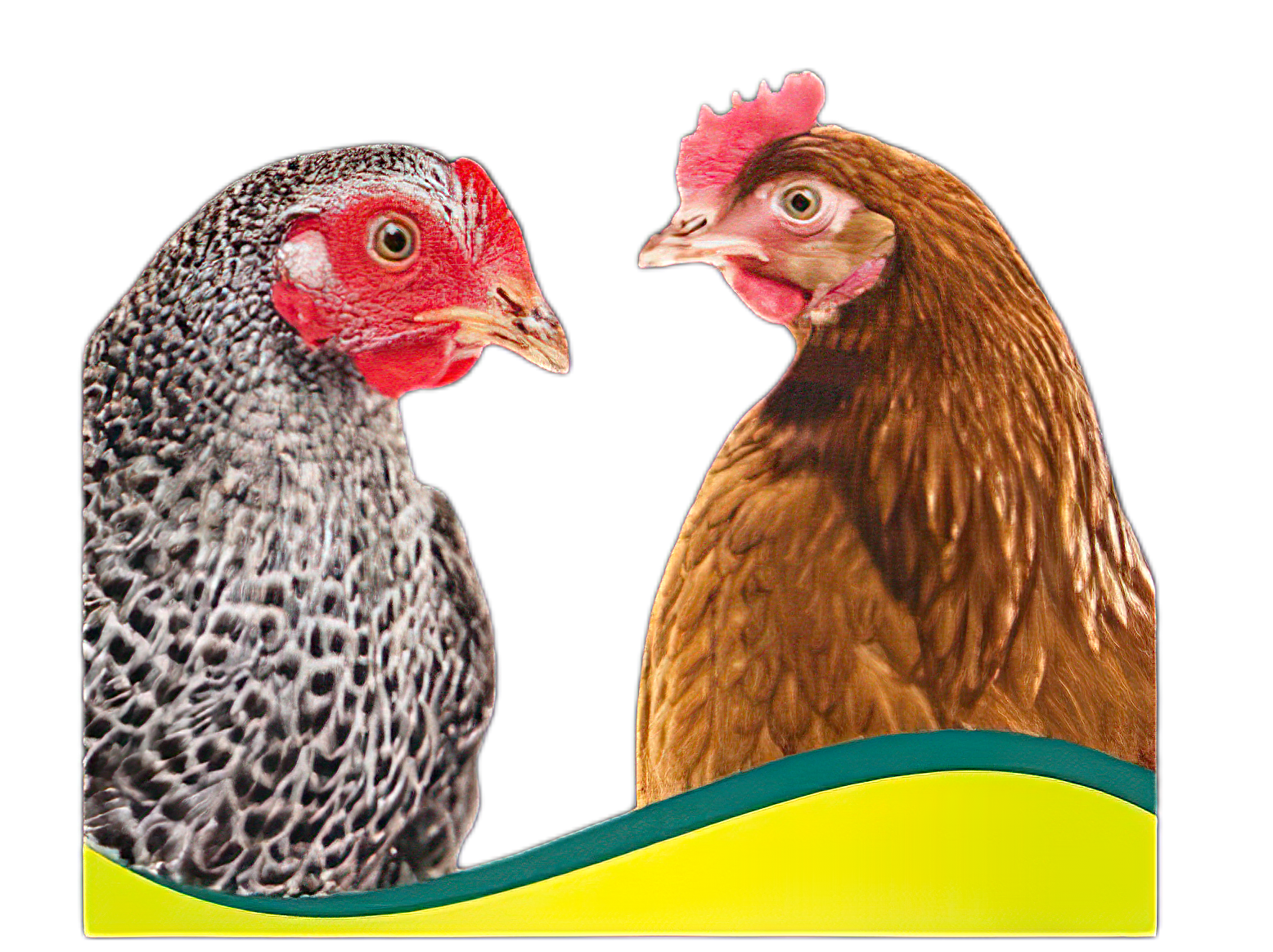 Cecal Coccidia vs. Small Intestinal Coccidia: What Sets Them Apart?
Cecal Coccidia vs. Small Intestinal Coccidia: What Sets Them Apart?Introduction
Coccidiosis is a common parasitic disease affecting poultry, caused by protozoa of the genus Eimeria. Two primary types, cecal coccidia and small intestinal coccidia, exhibit distinct characteristics and require targeted management strategies. This article aims to clarify these differences and provide practical insights for poultry farmers and industry professionals.
Biological Traits and Life Cycle
Cecal coccidia, typically Eimeria tenella, primarily infect the ceca of chickens. Their life cycle involves several stages, including unsporulated oocysts ingested by birds, which sporulate in the cecum and release sporozoites to infect epithelial cells. In contrast, small intestinal coccidia species, such as Eimeria acervulina, E. maxima, and E. brunetti, target different regions of the small intestine. These species have similar life cycles but differ in their preferred site of infection and the severity of lesions they cause.
Clinical Signs and Impact on Poultry
Cecal coccidia infections often result in more severe clinical signs, including bloody diarrhea, dehydration, weight loss, and increased mortality rates. The lesions caused by E. tenella can be severe, leading to significant damage to the cecal wall and potential secondary infections. Small intestinal coccidia, while less likely to cause acute clinical signs, can lead to subclinical infections that impact bird performance, such as reduced feed conversion rates and growth retardation.
Diagnosis and Treatment
Diagnosis of coccidiosis typically involves fecal flotation tests to identify oocysts in feces. However, it's essential to differentiate between cecal and small intestinal coccidia to tailor treatment effectively. Anticoccidial drugs are commonly used to control coccidiosis, but resistance can develop, emphasizing the need for rotation and combination therapy strategies. Additionally, good management practices, including hygiene, ventilation, and reduced stocking density, are crucial in preventing and controlling coccidiosis.
Prevention and Control Strategies
Preventing coccidiosis starts with understanding the risk factors and implementing biosecurity measures. Regular cleaning and disinfection of poultry houses, along with proper disposal of contaminated feces, are essential. Vaccination can also be a valuable tool, especially in areas with high disease pressure. Moreover, genetic selection for birds with improved resistance to coccidiosis offers a long-term solution.
Conclusion
Cecal coccidia and small intestinal coccidia pose significant challenges to poultry health and production. Understanding their differences and implementing targeted management strategies are key to maintaining healthy flocks and maximizing production efficiency. By staying vigilant and adopting a proactive approach, poultry farmers and industry professionals can effectively tackle coccidiosis and ensure the well-being of their birds.
Biological Traits and Life Cycle
Cecal coccidia, typically Eimeria tenella, primarily infect the ceca of chickens. Their life cycle involves several stages, including unsporulated oocysts ingested by birds, which sporulate in the cecum and release sporozoites to infect epithelial cells. In contrast, small intestinal coccidia species, such as Eimeria acervulina, E. maxima, and E. brunetti, target different regions of the small intestine. These species have similar life cycles but differ in their preferred site of infection and the severity of lesions they cause.
read more Common chicken diseases - fowl typhoid, fowl cholera
Common chicken diseases - fowl typhoid, fowl choleraAvian typhoid
(1) Clinical symptoms
The incubation period of this disease is generally 4 to 5 days, with high morbidity and low mortality.
The comb and wattle are pale, the comb is atrophied, the appetite is decreased, the thirst is increased, the body temperature rises to above 43°C, panting and breathing difficulties, diarrhea, light yellow-green loose feces (more common in young chickens and adult chickens) or white loose feces (more common in chicks); when peritonitis occurs, the chickens are in an upright position and become carriers after recovery.
read more How to diagnose and prevent common pig diseases yourself ?
How to diagnose and prevent common pig diseases yourself ?Disease prevention and control is the core link in the pig farming process. Understanding the characteristics of common diseases can help farmers find problems in time and reduce economic losses.
Here is a set of practical diagnosis and treatment methods, combined with clinical experience to provide actionable suggestions.
Changes in body temperature are important indicators. The temperature of a healthy pig is 38-39.5℃, and a hot ear root often indicates a fever. Observe the stool form: watery diarrhea is common in viral enteritis, and bloody mucus may be infected with dysentery. Skin erythema is common in swine erysipelas, and a purple abdomen is a warning for blue ear disease.read more Prevention and treatment of common chicken diseases - infectious bronchitisInfectious bronchitis
Prevention and treatment of common chicken diseases - infectious bronchitisInfectious bronchitis(1) Clinical symptoms
The sick chickens have decreased feed intake, closed eyes and are sleepy.
In the early stage, they have respiratory symptoms such as runny nose, tearing, and coughing. In the middle and late stages, they become extremely emaciated and excrete yellow-green or white thin feces. They eventually die of exhaustion.
(1) Clinical symptoms
The disease is divided into respiratory, renal, glandular stomach and reproductive types.
read more The hidden crisis of animal liver: five major damage factors and triple protection strategies
The hidden crisis of animal liver: five major damage factors and triple protection strategies1. Five invisible killers of liver damage
Toxin accumulation
1.Mycotoxin: Aflatoxin B1 (AFB1) inhibits RNA synthesis in hepatocytes, and a concentration of ≥0.1ppm will induce fatty degeneration
2.Endotoxin: Gram-negative bacteria die and release LPS, inducing Kupffer cell overactivation (damage rate ↑40%)
Nutritional imbalance
1.Choline deficiency leads to impaired apolipoprotein synthesis and a 3-fold increase in the rate of triglyceride deposition in the liver
2.When vitamin E is <50 IU/kg of diet, the liver's antioxidant capacity decreases by 67%
read more
Please give us a message

